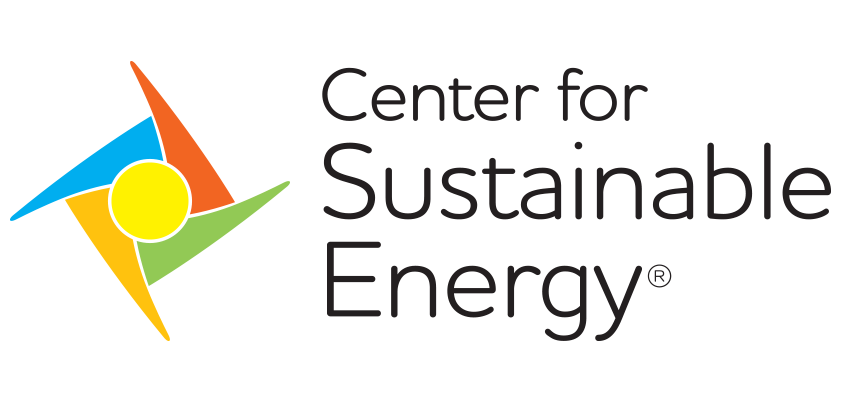How We Can Expand Equity in Solar Energy

As the solar industry has grown and rooftop solar installation costs have dropped, the United States has become the second largest deployer of solar energy in the world. Yet solar’s economic and environmental benefits have not been experienced equitably by all.
Low-income communities and communities of color are less likely to have access to solar. That’s due in part to those communities' disproportionately high amount of multifamily rental units, where there’s little incentive for a landlord to pay to install rooftop solar energy systems and pass on the energy savings to tenants.
Policymakers seeking ways to expand equitable access to solar in the affordable housing sector can learn from existing programs in states like Illinois, New York and California, with its Solar on Multifamily Affordable Housing (SOMAH) program.
SOMAH is an unprecedented 10-year, $1 billion effort to provide equitable access to clean energy, lower tenants’ monthly energy bills, and expand local job opportunities through paid job training. The program is administered by a group of non-profit organizations led by the Center for Sustainable Energy, GRID Alternatives, the Association for Energy Affordability, and the California Housing Partnership.
Here are three considerations for expanding equity in solar access:
1. Balance incentives to benefit tenants and property owners
Multifamily housing represents an invaluable opportunity for installing solar power. However, an ongoing challenge is the “split incentive,” where property owners have little financial incentive to install solar that primarily benefits tenants, and renters have no incentive to contribute toward a solar energy system they don’t own. Policymakers need to balance incentives that encourage property owners to install solar with incentives that will decrease tenants’ monthly energy bills.
The SOMAH program requires that at least 51% of the solar energy system’s electric output directly offset tenant load through virtual net energy metering (VNEM). This is a mechanism for distributing solar benefits to tenants by allowing solar credits to be applied to individual tenants’ electricity bills in multifamily housing. Since SOMAH launched nearly two years ago, the allocation for tenants has been averaging 87% – far more than required.
Another California program, the Low-Income Weatherization Program, also balances incentives to appeal to both tenants and property owners. It pairs solar installation incentives with energy efficiency tools to help low-income households install clean energy and reduce their energy bills.
2. Provide technical assistance
Some solar incentive programs fail to address fundamental barriers faced by owners of affordable multifamily properties. Navigating the complexities of lining up financing, choosing a contractor, and applying for rebates can dissuade property owners from even considering solar. That is why providing technical assistance is so important.
Programs should offer to help property owners understand the benefits of installing solar and how to go about the process before they are required to invest. This support can be offered at no cost or via loans or grants. Technical assistance services, including cost/benefit analyses, assessment of a property’s solar viability, and identification of cost-effective energy efficiency upgrades, reduce the resources property owners need to expend to ultimately adopt solar.
SolSmart, a national program funded by the U.S. Department of Energy Solar Technologies Office, and SOMAH both provide no-cost technical assistance for solar installation. Programs like New York’s Affordable Solar and Storage Predevelopment and Technical Assistance provide funding for low-to-moderate income households to understand how to install and manage solar.
3. Create economic opportunity through job training
The workforce currently trained to install solar power is predominantly white and male. Solar incentive programs can increase equitable access to solar jobs by providing job training in low-income communities and communities of color. Ideally, these programs would partner with job training organizations, as required by Illinois Solar for All.
A step further is to require local hiring for incentive programs. The SOMAH program requires job training for all projects and encourages contractors to hire from within the community or property where they are installing.
As the solar industry continues to seek energy equity, it will discover additional barriers to equitable distribution. The industry and policymakers will need to develop new policies and approaches to overcome these barriers as they arise. Policymakers and solar advocates can seize this opportunity to partner with low-income and communities of color on solutions that are both equitable and economically feasible.

